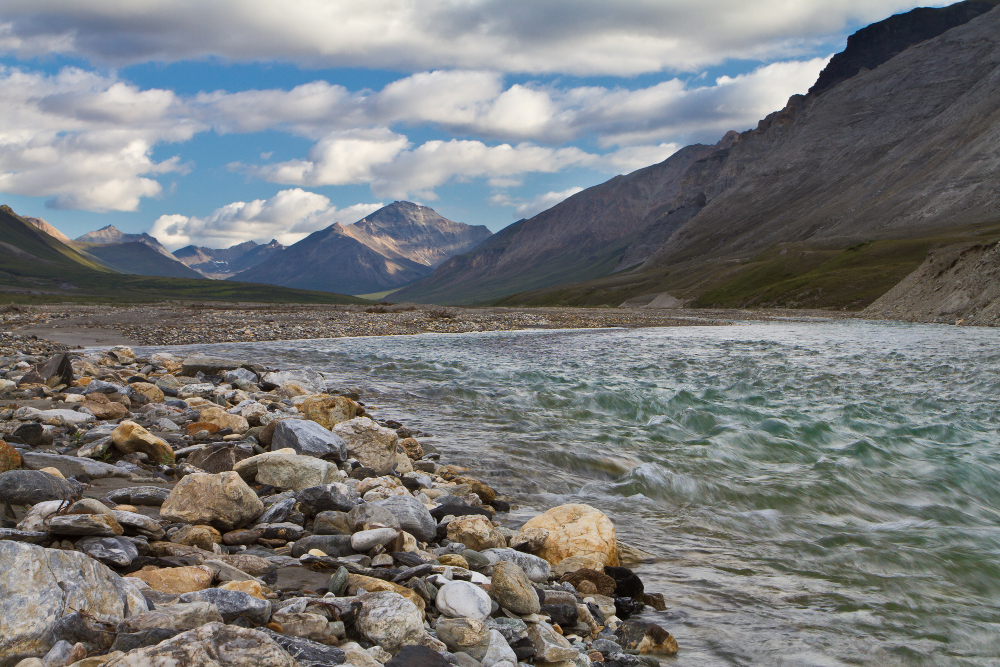THE KUGRAK IS ONE DRAMATIC VALLEY among thousands. The river is an upper tributary to the Noatak, and runs through the mountains of the Western Brooks Range of Alaska, in Gates of the Arctic National Park. Objectively speaking, the Kugrak warrants no more attention than any of the hundreds of glacially carved valleys that surround it. And yet, for me, it does.
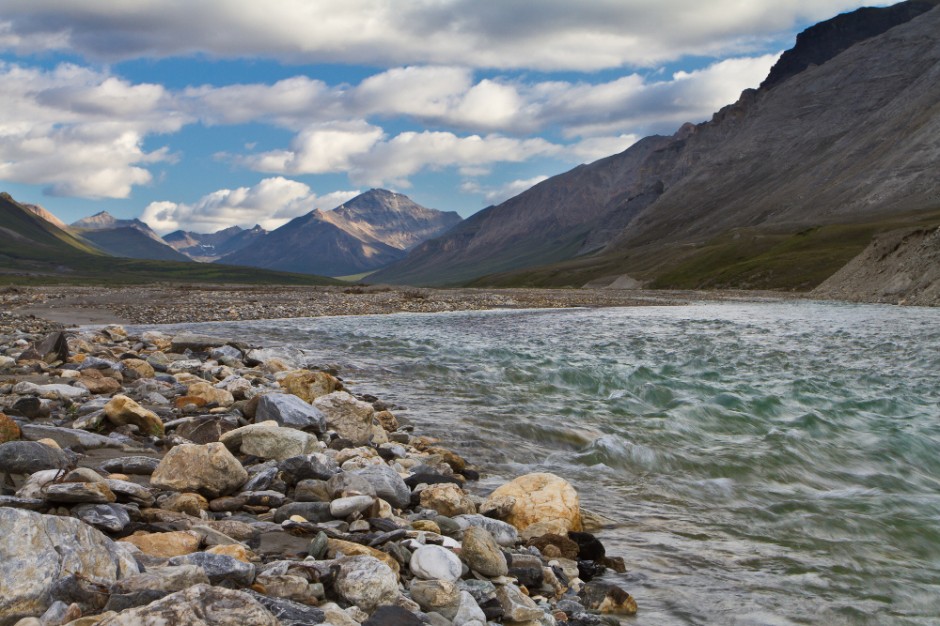
The Kugrak
...shoots arrow-straight from its confluence with the larger Noatak to its headwaters. The valley proper is perhaps a dozen miles in length, the river not particularly deep, wide, or torn by rapids.
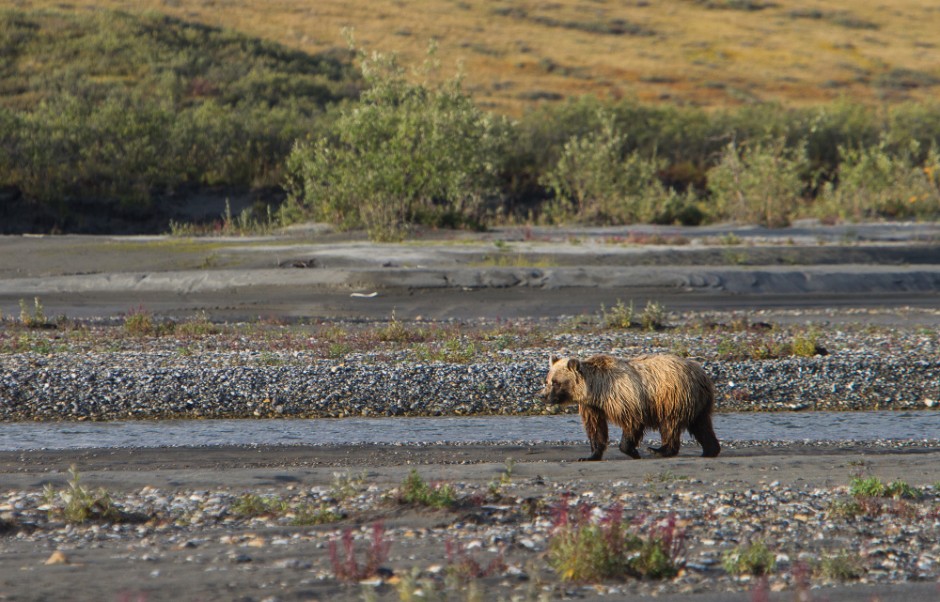
During August
...a decent run of chum salmon flood the river, and they bunch up in dark groups beneath the cut banks and bend-pools. The bears know this too, and it is rare to spend a day along the lower Kugrak and not see a bruin wander past, or leap with wild abandon into the immaculately clear water.
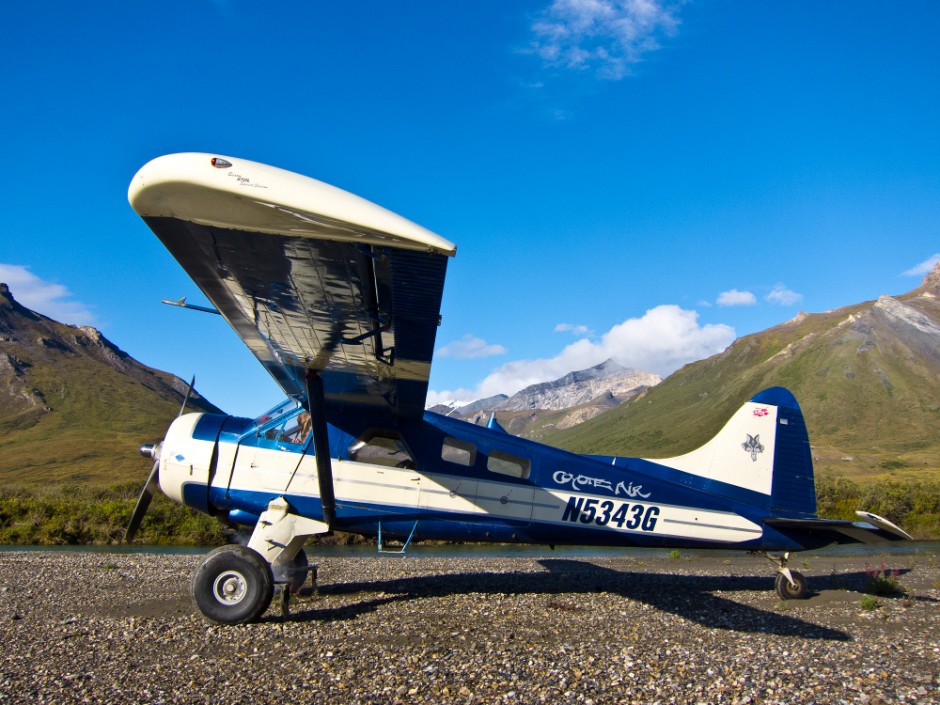
I’ve visited
...the Kugrak on three trips over the past two years. On the first, a group of clients and I had no particular destination. Rather, we were looking for a lovely place to camp for a few days in the western portion of Gates of the Arctic. We flew low up the Noatak valley, searching for that one best spot. I pointed up the Kugrak as we passed and the pilot turned. A few miles up the valley he pivoted, checking a tundra bench for a place to land. Then with surprising grace, he set the plane down on the angled slope.
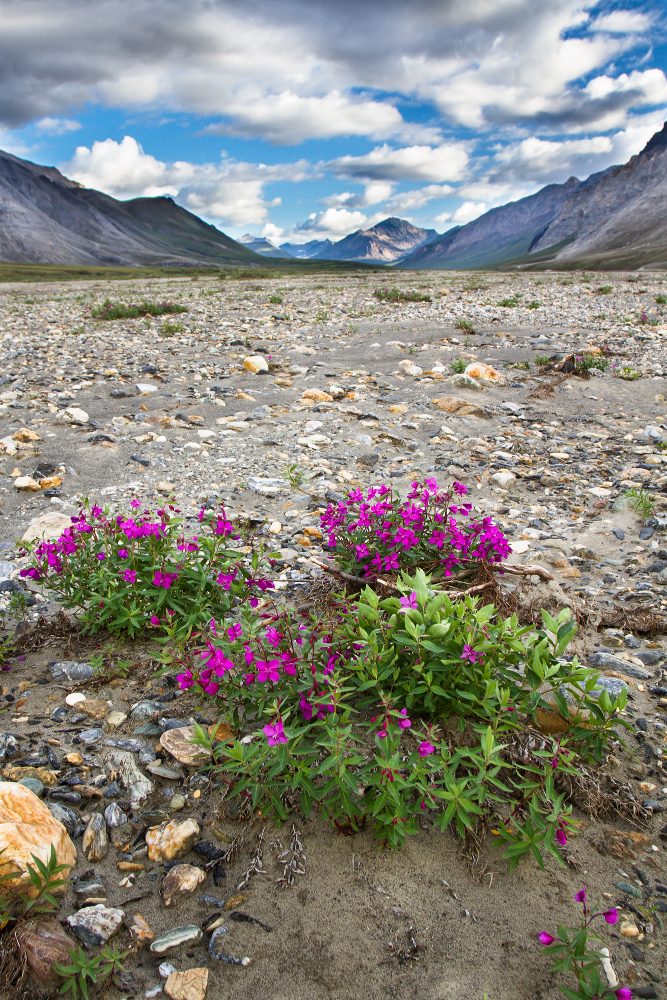
We camped
...on the soft tundra next to a rocky stream of clear water, which we drank straight from the small cascades. For three days we wandered, and watched the weather crisscross the steep and rocky walls of the valley.
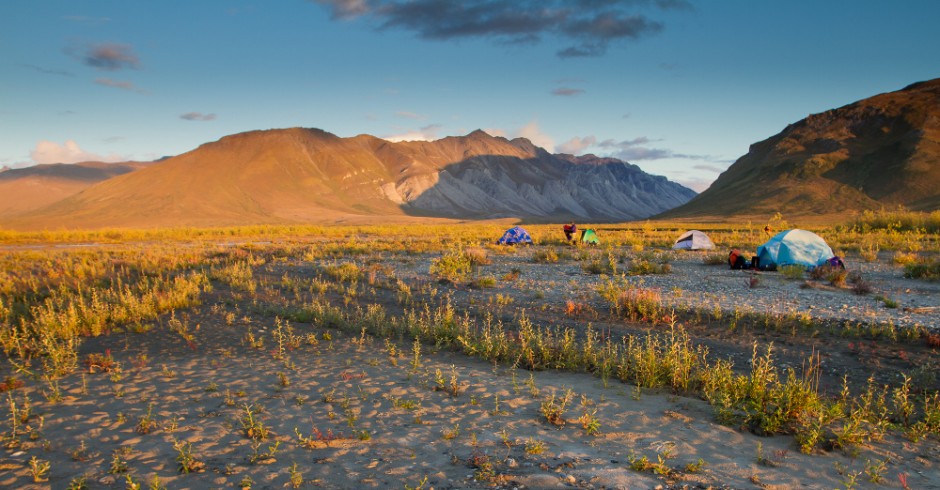
My next visit
...came later the same year, on a canoe trip down the larger Noatak. We camped at the mouth of the Kugrak for three nights.

On the first
...I was huddling in the cook-tent making dinner, when I heard my co-guide outside say, “Hey everyone, look up, over there.” I knew without checking that there was a bear. But there wasn’t just one, but five. A sow with an unheard of four young cubs.
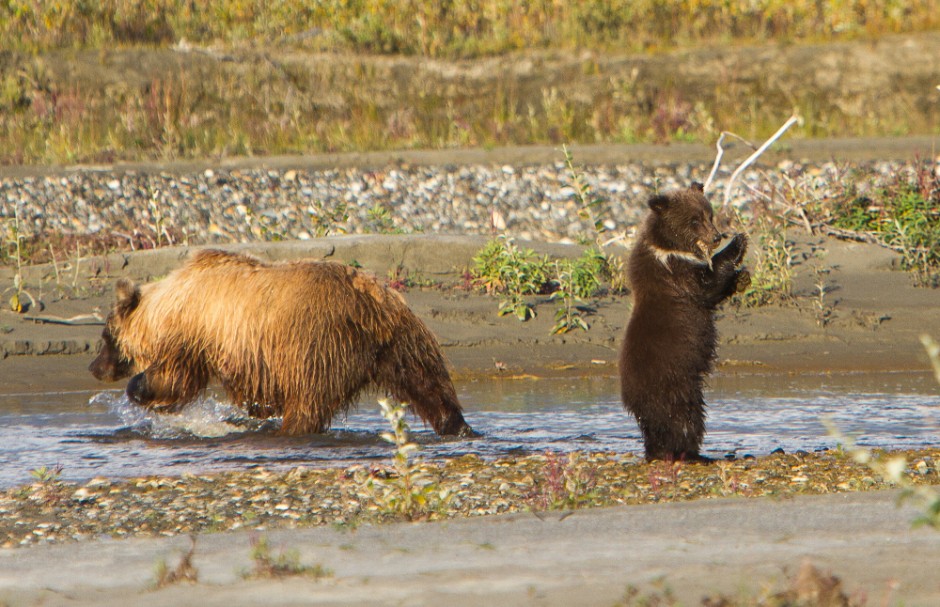
For two hours
...we watched as the adult fished for salmon. She caught half a dozen, which she shared with her four rowdy young. The dinner I’d been making lay forgotten and overcooked on the stove.
Intermission
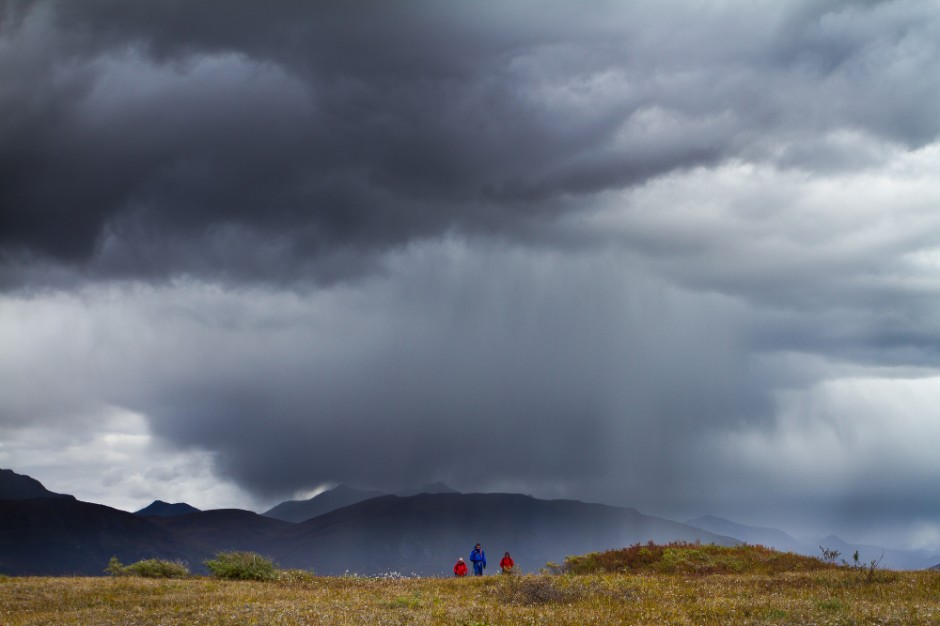
My most recent visit
...to the Kugrak came not under the bright blue skies of my previous trip, but at the start of the rainiest spell of weather Alaska’s northwest arctic has experienced in years. I was again paddling the Noatak, this time with five clients. We set up camp on a river bar across from the mouth of the Kugrak. Rain was falling in the upper valley, and we could see sheets of the stuff obscuring the mountains in the headwaters.
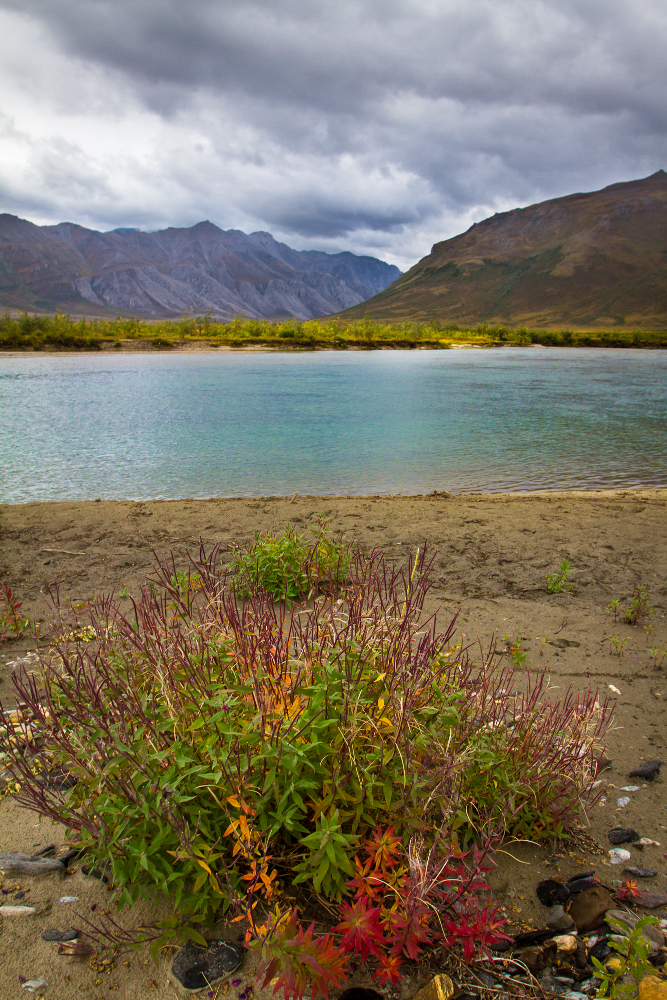
The tributary
...was up, though still running clear, and we managed to pull three lovely grayling from its waters for lunch on our second day. But then, it seemed without warning, the water of the Kugrak went from clear blue to impenetrable gray. It rose in great torrents, straining and then overwhelming its banks. The Noatak followed suit, rising 18 inches overnight and threatening our camp. Wind tore down the Kugrak, trying to lift our tents from the ground. We battened down the cook-tent with extra stakes and lined the inside walls with heavy barrels of food and duffels of equipment.
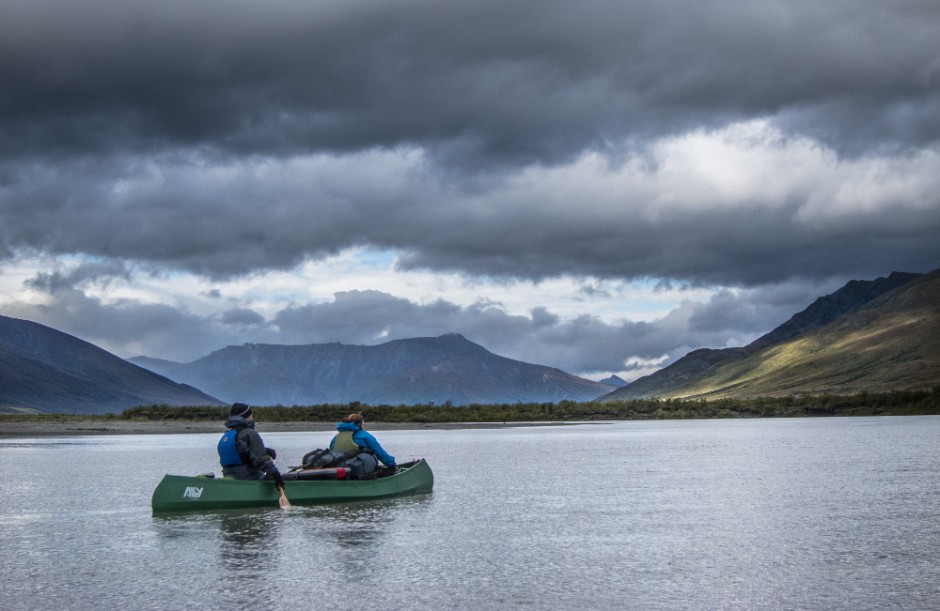
On the third morning
...still battered by relentless wind, we fled. We loaded the canoes in a gale and paddled down the flood-swollen and murky water of the Noatak.
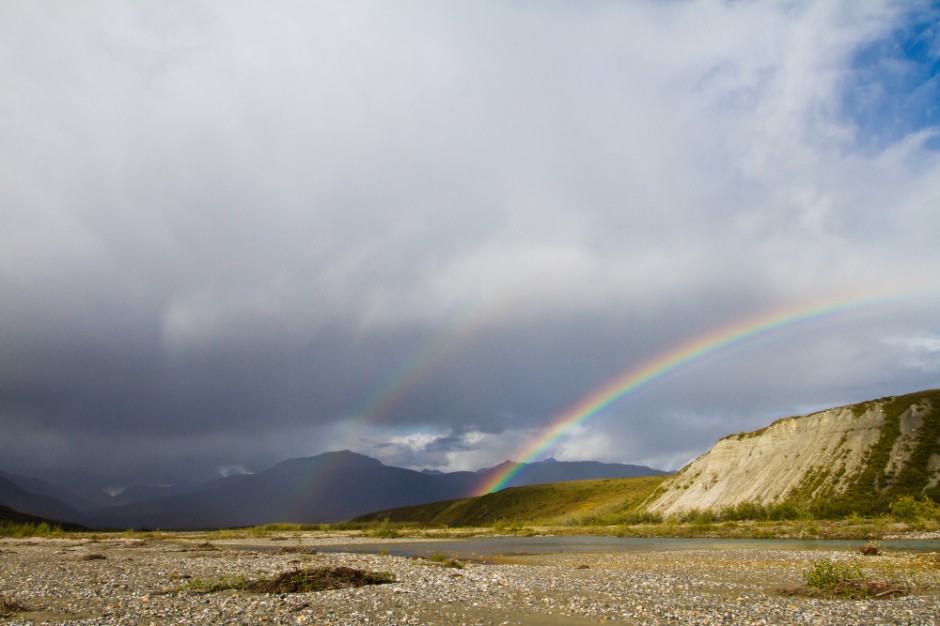
I love the Kugrak
...like I love only a few other places on the planet. I love it because I’ve seen some of its many faces. It's easy to love a place on a clear autumn day when the tundra glows orange and red. It's harder to love when obscured by fog and blowing rain. Knowing a place in its variety of moods paints a more complete picture than does a day of postcard weather. But like a dear friend in the midst of a rage, I know the tantrum will eventually shift to calm.
